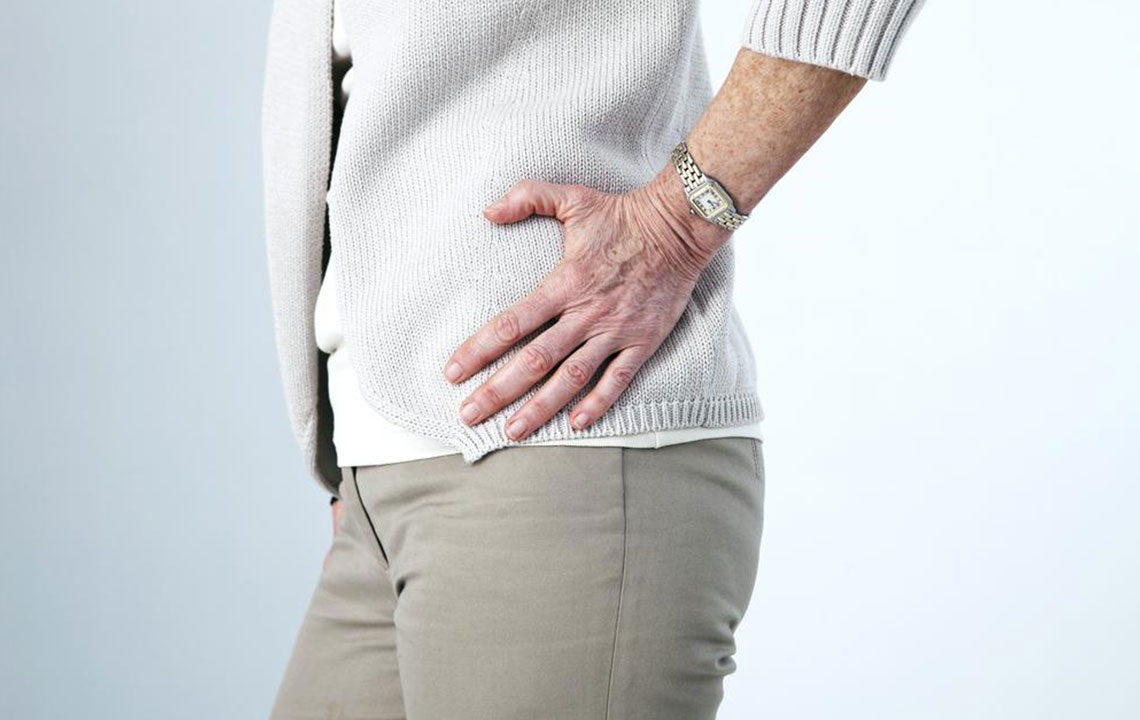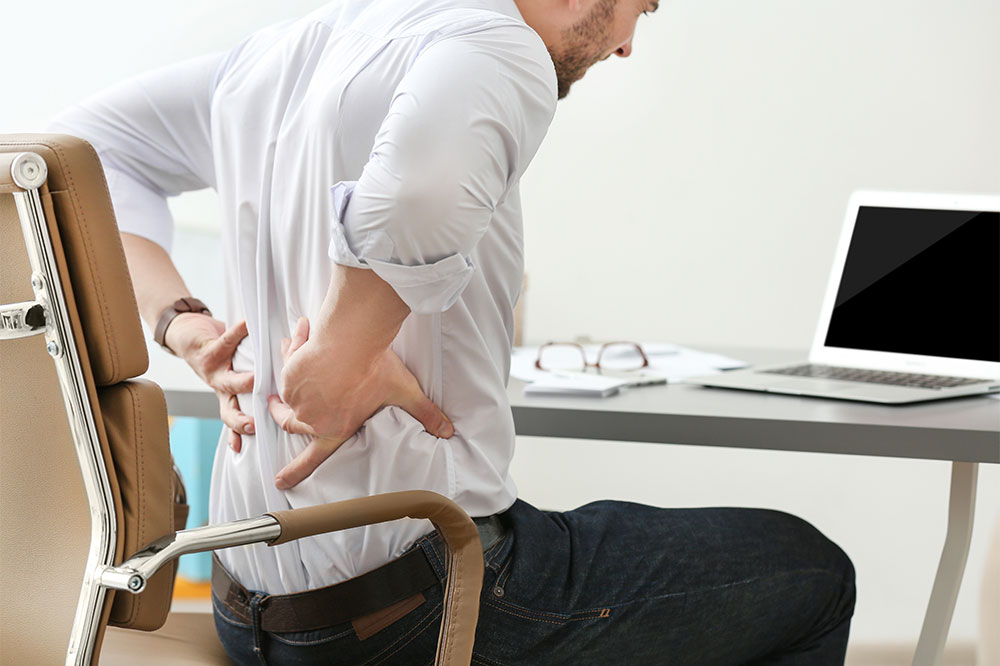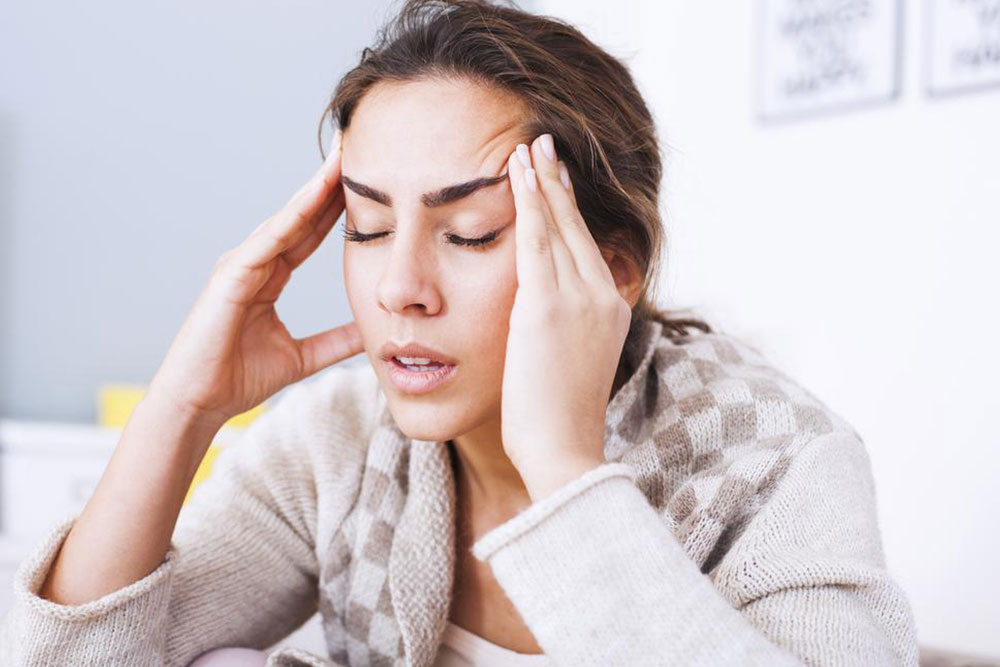Top Techniques to Relieve Hip Bursitis Discomfort
Learn effective methods to ease hip bursitis pain, including targeted exercises, corticosteroid injections, and surgical options. This guide offers practical tips to improve mobility, reduce inflammation, and prevent future flare-ups. Consulting a healthcare professional is recommended for personalized treatment plans to ensure a swift recovery and lasting hip health.

Top Techniques to Relieve Hip Bursitis Discomfort
If ongoing discomfort in your hip or groin area worsens with activities like walking or running and spreads down your leg, you could be suffering from hip bursitis. This condition results from inflammation of the bursae—small fluid-filled sacs that reduce friction between tendons and bones in the hip. The primary bursae include:
Trochanteric bursa, located near the outer hip between the greater trochanter and gluteal muscles.
Gluteus medius bursa, found between the gluteus medius muscle and the greater trochanter.
Iliopsoas bursa, situated between the iliopsoas muscle and the front of the hip bone.
Ischial bursa, positioned between the hamstring tendons and pelvis base.
Methods to Alleviate Hip Bursitis Pain
Physical Movement
Participating in targeted exercises helps strengthen hip muscles, prevent weakness, and restore mobility. Consistent activity reduces discomfort and lowers risk of future issues. For persistent bursitis, physiotherapy can be effective. Consider these simple exercises:
Hip Glute Bridges
Strengthen hip stabilizers, glutes, hamstrings, and quadriceps, supporting overall hip function.
Side Leg Raises
Focus on the outer thigh's iliotibial band to improve side-to-side motion vital for walking and running.
Leg Circles – Enhance leg flexibility, range of motion, and muscle strength, aiding hip rotation. Aim for five sets of 15-20 repetitions daily. Avoid pushing too hard to prevent flare-ups. If daily exercises are challenging, performing three to four sessions weekly still offers significant benefits.
These straightforward exercises, which need just a yoga mat, can be incorporated into daily or weekly routines to help prevent bursitis relapses.
Corticosteroid Injections
When exercise doesn't provide relief, doctors may suggest steroid injections to quickly reduce swelling and pain. Usually, one or two injections are administered over a few months.
Surgical Procedures
Surgery is a last resort, reserved for cases where other treatments have failed. It may involve removing inflamed bursae or draining excess fluid, offering relief from ongoing pain.
Following these strategies can promote faster recovery. If symptoms persist or worsen, seek advice from an orthopedic specialist to explore the best treatment options. Proper care restores mobility and prevents future complications.
Note:
This article shares practical tips for managing hip bursitis based on current medical knowledge. It aims to educate readers on symptom relief but should not replace professional medical consultation. Always seek personalized advice from healthcare providers for diagnosis and treatment.


